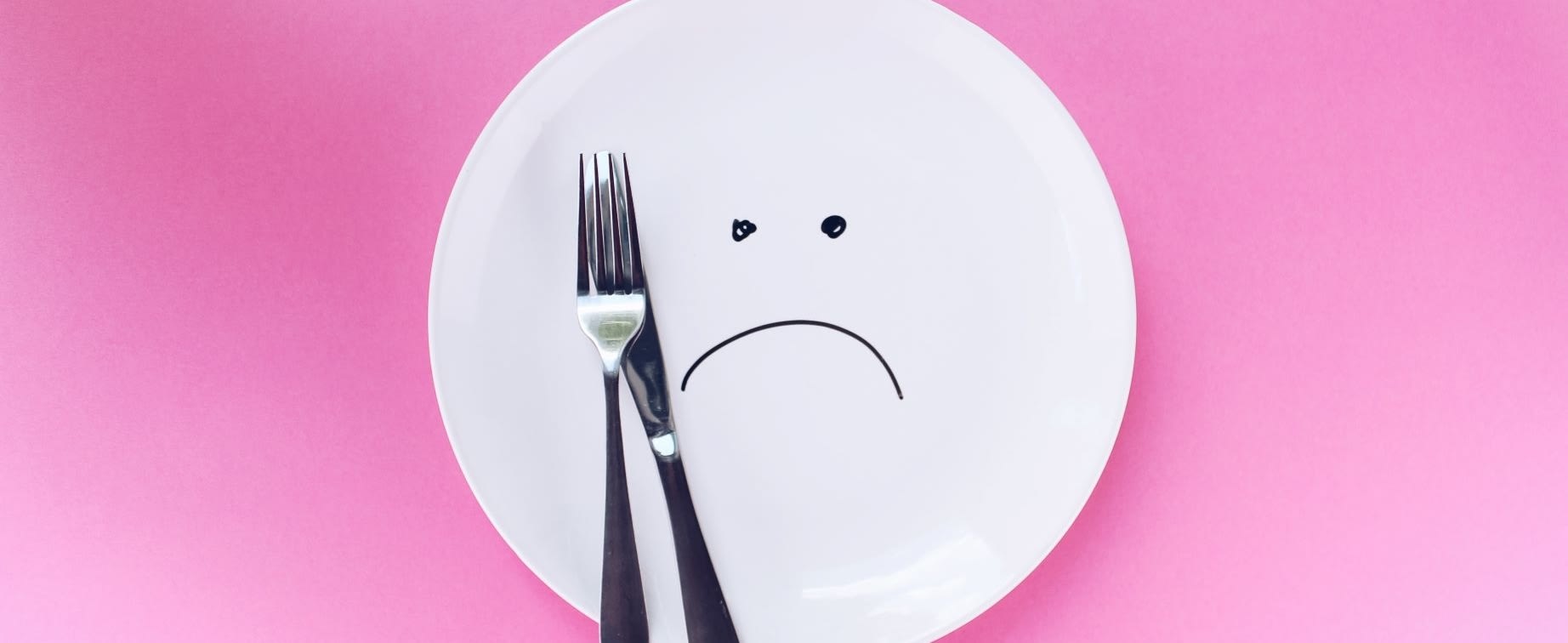Table of Contents
III. Common Foods that Worsen IBS
IV. What is a Low-FODMAPs Diet?
Living With IBS
Irritable bowel syndrome (IBS) is a chronic condition that can interfere with your daily routine. People with IBS may experience frequent symptoms of diarrhea, constipation, bloating, or abdominal cramps. These symptoms can flare at inconvenient times and negatively affect not only your physical health but your social life and mental wellness.
The symptoms of IBS are commonly treated with antibacterial medication like Xifaxan or other laxatives like Linzess or lubiprostone for IBS. Antibiotics can stop the growth of bacteria and relieve diarrhea, and laxatives can help with bowel movements. On top of your treatment plan, it can help to understand your triggers and know the foods you should avoid. Read on for some common foods that may worsen IBS symptoms. [1]
Knowing Your IBS Triggers
Before talking about the common food triggers that affect IBS patients, it is important to clarify that everybody’s triggers are unique. Cutting out all common trigger foods may not improve your condition. Alternatively, removing too many foods from your diet may lead to malnutrition.
This is why doctors commonly recommend keeping an IBS journal. By jotting down the time your IBS symptoms occur and keeping track of the foods you consume around that time, you can pinpoint your personal triggers. By only reducing what is necessary, you can maintain a healthy and nutritious diet while reducing the number of flare-ups. [2] Foods that trigger IBS symptoms may vary depending on your type of IBS. For example, high-fiber foods may help constipation but trigger diarrhea. Avoiding the following foods may relieve symptoms of constipation (IBS-C), diarrhea (IBS-D), or a mix of constipation and diarrhea (IBS-M): Some people with IBS tend to experience more bloating or gas than others. This could be due to eating large portions. Drinking water while you eat is also known to cause bloating. If bloating effects you often, try drinking water before or after meals and eating smaller portions. If you feel gassy after meals, try staying away from the following foods that may cause gas: Identifying and specifically avoiding your triggers is an effective way of keeping symptoms and flare-ups at bay, but consistently doing so can become a tedious task. Experts believe that it is both easier and more effective to follow a low-FODMAPs diet for relieving IBS symptoms. But what is a low-FODMAPs diet? FODMAP stands for fermentable oligosaccharides, disaccharides, monosaccharides, and polyols. These substances are carbohydrates that the body does not absorb well. Foods that contain a higher level of these kinds of carbs increase the amount of fluid in the bowel and create more gas. By eating a diet low in FODMAPs, you won’t have to stress about avoiding individual triggers to prevent an IBS attack. FODMAPs may sound complicated, but you may have heard of these types of carbs by other names before: Studies show that 76 percent of IBS patients who followed a low-FODMAPs diet showed improvements in their symptoms. Some foods to consider avoiding: Eating less of your trigger foods might mean you have to miss out on some of your favorite foods, and that can be no fun. It can also be easy to undereat, which can lead to malnourishment. If you are worried about missing out on essential nutrients, talk to a dietician. Together, you can work to find substitutes for the foods you cut out and ensure that you are still getting all the nourishment you need. Nowadays, there are many low-FODMAP options, including: While it may be difficult to find that balance between minimizing food triggers and a comprehensive diet, the right diet will be worth it in the long term. Combined with laxatives for IBS-C or antibiotics for IBS-D, avoiding your trigger foods can make IBS manageable for a long time to come. The content in this article is intended for informational purposes only. This website does not provide medical advice. In all circumstances, you should always seek the advice of your physician and/or other qualified health professionals(s) for drug, medical condition, or treatment advice. The content provided on this website is not a substitute for professional medical advice, diagnosis, or treatment.
Common Foods that Worsen IBS
What is a Low-FODMAPs Diet?


Long-Term Outlook
